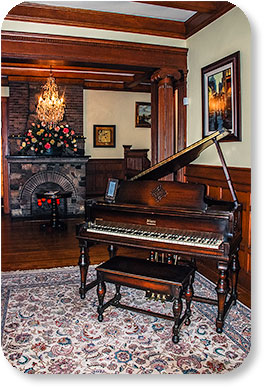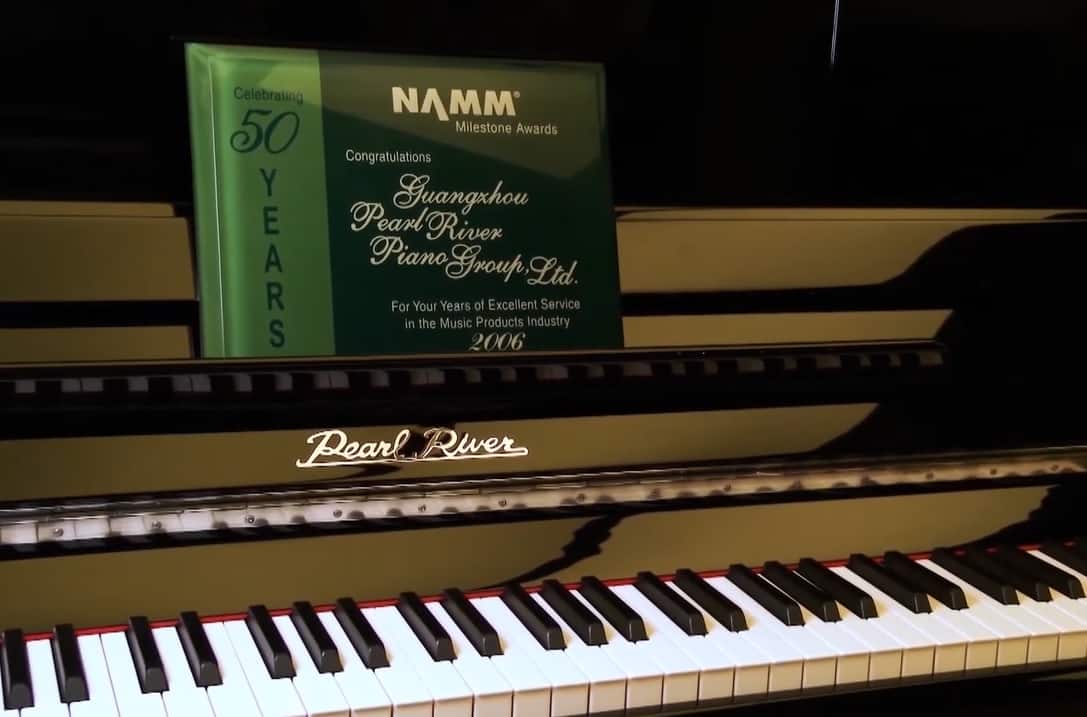



In the period from about 1790 to 1860, the piano underwent tremendous changes that led to the modern structure of the instrument. The term ‘fortepiano’ now distinguishes these early instruments (and modern re-creations) from later pianos. Piano-making flourished during the late 18 th century in Europe, where pianos were built with wooden frames, two or three strings per note, and leather covered hammers. The piano was revolutionary because it was the first keyboard instrument capable of playing loud and soft tones – the word pianoforte literally means soft-strong in Italian. At this time Cristofori was employed by the Medici family. The piano was invented in Florence around 1700 by the expert harpsichord maker, Bartolomeo Cristofori. Other popular instruments in the harpsichord family that were popular in the late Renaissance and early Baroque periods were the virginal and the spinet. In a clavichord the strings are struck by metal tangents, while in a harpsichord they are mechanically plucked by quills when the performer depresses the key. Other early keyboard instruments such as the clavichord (invented 1400CE) and the harpsichord (1521) were well developed by the 17 th century, but they did not offer the capabilities that the piano did. The organ is one of the oldest of these, and its earliest predecessors were built in Ancient Greece in the third century BCE. It dates back to circa 500BCE, and was used in the Middle East, Southwest Asia, China, Greece and Rome.īefore the piano, there were a number of earlier keyboard instruments. The hammered dulcimer became the first widely used stringed musical instrument and can be considered a first precursor of the piano. The concept of making music by striking strings with hammers is very old.


 0 kommentar(er)
0 kommentar(er)
